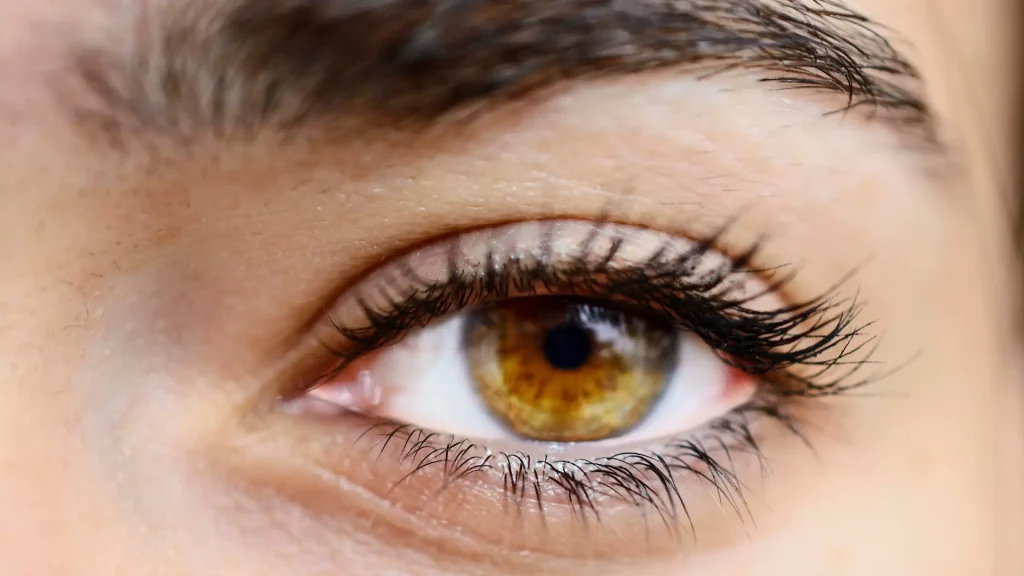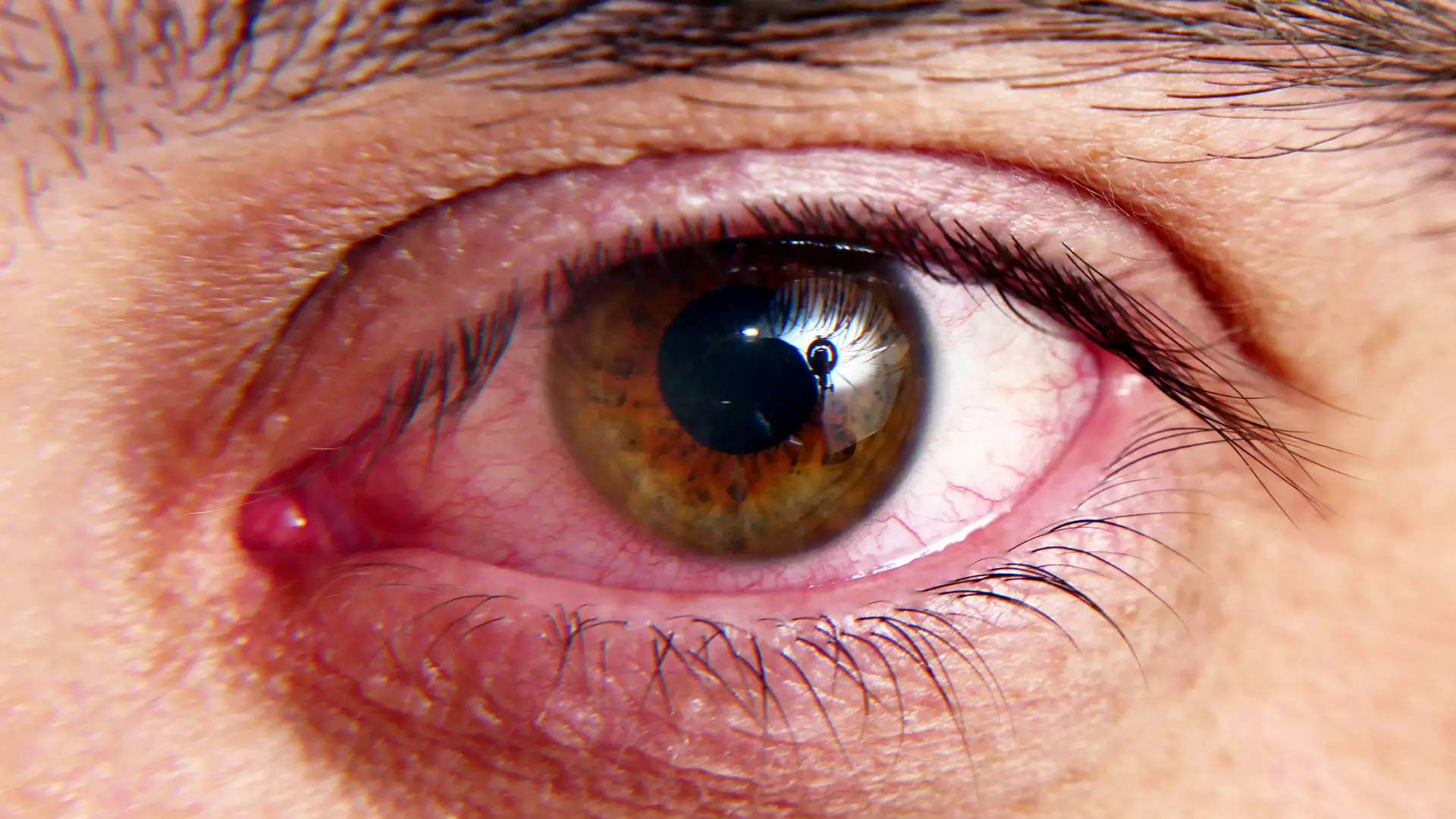High intraocular pressure (IOP) is a major risk factor for glaucoma, a condition that affects millions worldwide and can lead to irreversible vision loss if left untreated. As a result, many individuals seek effective treatments to manage IOP and protect their vision.
Lumigan (bimatoprost ophthalmic solution) is an FDA-approved medication widely prescribed to lower IOP in glaucoma patients. While Lumigan is highly effective in reducing eye pressure, one of its most notable side effects is a potential change in eye color. This has raised concerns among patients, leading many to question whether this effect is real, who is most at risk, and whether it is permanent.
In this article, we will explore how Lumigan can cause changes in eye color, the risk factors involved, and whether these effects are reversible, helping patients make informed decisions about their treatment.
Key Takeaways
- Lumigan (bimatoprost) is an FDA-approved glaucoma treatment that may cause permanent eye color changes, particularly in individuals with lighter eye shades.
- The risk of eye color alteration is higher in older patients and those with certain medical conditions, making it essential for healthcare providers to educate patients before starting treatment.
- Eye color changes result from increased melanin production in the iris and may be accompanied by other side effects, such as eyelid darkening and enhanced eyelash growth.
- Since these changes can be permanent, patients should discuss potential risks with their healthcare provider to make informed treatment decisions.
About: Medica Depot is your trusted all-in-one supplier, offering a range of high-quality medical injectables and supplies. Order Lumigan online at Medica Depot today! Whether for health professionals, plastic surgeons, dermatologists, licensed estheticians, or other specialists, we can offer genuine, brand-name products you may need. With Medica Depot, we prioritize serving you better to improve the patient’s quality of life.
Understanding Lumigan’s Impact on Eye Color

Lumigan eye drops for glaucoma contain a potent active ingredient, bimatoprost, to target high eye pressure in patients with open-angle glaucoma or ocular hypertension. While this bimatoprost ophthalmic solution has received approval from the US Food and Drug Administration, Lumigan may cause eye color to darken over time by affecting pigment cells in the iris.
This effect may be more noticeable in patients with lighter eye colors and may be permanent even after discontinuation. A study by eHealthMe found that approximately 0.19% of Lumigan users experience a change in eye color, with the effect being more common in individuals over 60 years old.
According to AbbVie, Lumigan has been associated with a change in the colored part of the eye. Using an excessive amount (overdose) of Lumigan can lead to iris pigmentation. Additionally, Lumigan may cause darkening of the eyelid skin, which is often reversible in most patients.
Risk Factors for Lumigan-Related Eye Color Changes
Lumigan (bimatoprost) can cause gradual eye color changes, particularly in individuals with lighter eye shades such as blue, green, or gray. This occurs due to increased melanin production in the iris, which may lead to a darker, more brown-toned appearance over time.
Several factors influence the likelihood of this side effect, and both practitioners and patients should be aware of the following risks:
- Patient Demographics: Older individuals may be more prone to iris pigmentation changes, as age can affect how the eye responds to bimatoprost.
- Medical Conditions & Medications: Patients with certain conditions, such as gastroesophageal reflux disease (GERD), or those taking specific medications like Vitamin D3 supplements, may have an elevated risk of experiencing eye color changes.
- Dosage & Duration of Use: Lumigan is typically prescribed as a once-daily eye drop in the affected eye(s). Higher dosages or prolonged use (6 to 12 months or more) may increase the likelihood of pigmentation changes.
Permanence of Eye Color Changes Due to Lumigan

Bimatoprost can cause a change in the eye color as it increases melanin levels in the eye. Among the Lumigan side effects, this reaction is usually permanent. Practitioners should thoroughly explain this adverse effect to patients, allowing them to make informed treatment decisions.
Moreover, patients using Lumigan may experience long-term psychological and social impacts due to unexpected changes in eye color. Healthcare professionals should manage patient expectations and provide counseling to help them cope with these changes. Patients should also be aware of other potential side effects of bimatoprost, such as eye irritation, redness, and changes in eyelash growth.
Patient Concerns and Ethical Considerations with Lumigan Prescriptions

When prescribing Lumigan, healthcare professionals must address patient concerns and ethical considerations for a safer and more effective bimatoprost treatment. They should also effectively counsel patients on the potential Lumigan side effects, including the common and rare reactions that may occur during the therapy.
- Patient Education: This involves discussing the associated risks, such as eye redness, increased eyelash growth and thickness, iris pigmentation, long-term implications of treatments, and irreversible changes in eye color.
- Management of Side Effects: Practitioners should emphasize the importance of reporting adverse effects, which can help manage these reactions promptly and appropriately. Adhering to providers’ recommended post-treatment instructions can ensure an effective process and fewer risks.
Additionally, informed consent and patient autonomy are critical components in any therapeutic treatment, like Lumigan. These medical professionals should equip patients with comprehensive information about Lumigan and its benefits and risks, enabling them to make informed treatment decisions. This includes:
- Clear Information: Provide comprehensive information about the medication, its indication, potential reactions, and alternative treatment options.
- Open Communication: Providers must encourage patients to ask questions and engage in discussions to address any uncertainties or concerns about the treatment and product. This also involves understanding patient’s decisions and preferences, empowering them to participate in the tailored treatment plan.
Addressing these concerns and ethical considerations enables healthcare providers to help patients make informed decisions and manage their treatment effectively.
Conclusion
While Lumigan is an effective treatment for managing glaucoma and reducing intraocular pressure, patients should be aware of its potential side effects, particularly changes in eye color. This alteration, often caused by increased melanin production, can be permanent and is more common in those with lighter eye colors and older demographics.
Moreover, healthcare providers are crucial in informing patients about these risks. Open communication about the benefits and potential adverse effects helps patients make informed decisions regarding their treatment options and manage their expectations effectively.
FAQs
1. Can Lumigan change my eye color?
Yes, Lumigan can cause changes in eye color, particularly darkening of the iris, and this effect is more noticeable in individuals with lighter eye colors.
2. Is the change in eye color from Lumigan permanent?
Yes, the change in eye color due to Lumigan is typically permanent, even after discontinuing the medication.
3. What should patients discuss with their doctor regarding Lumigan?
Patients must talk to their doctor before starting the treatment to address any potential side effects, including eye color changes and concerns.
References
- Henson, B. (2021, May 26). High IOP may not necessarily require treatment, results from new study suggests. Optometry Times. https://www.optometrytimes.com/view/high-iop-may-not-necessarily-require-treatment-results-from-new-study-suggests
- Could Lumigan cause Eye color change? – a phase IV clinical study – eHealthMe. (n.d.). Ehealthme.com. Retrieved February 13, 2025, from https://www.ehealthme.com/ds/lumigan/eye-color-change/









